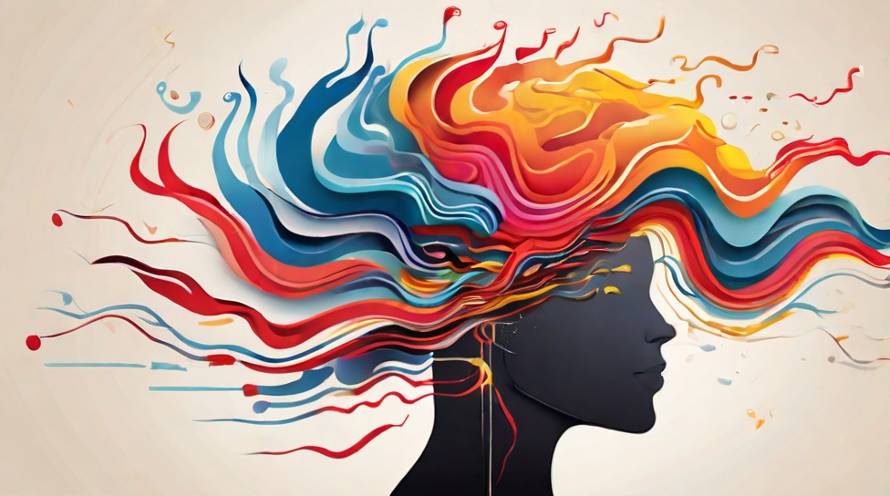A new study led by researchers from Columbia Engineering has shed light on how the brain manages to quickly shift between different activities and behaviors. The key, according to the study published in Nature Human Behaviour, lies in a newly appreciated type of brainwave called traveling waves.
The research team, led by Joshua Jacobs, associate professor of biomedical engineering at Columbia Engineering, carefully monitored the neural activity of 93 participants who were recalling memories or forming new ones. They discovered that when patients were storing information in their memory, the waves tended to move from the back of the brain to the front. When they were trying to recall the same information, the waves moved in the opposite direction, from the front towards the back of the brain.
Uma R. Mohan, a postdoctoral researcher at NIH and former postdoctoral researcher in the Electrophysiology, Memory, and Navigation Laboratory at Columbia Engineering, explains that the study contributes to a growing understanding of these oscillations as “traveling waves” that spread across the brain’s cortex, rather than stationary phenomena occurring in specific regions.
The study drew on data from participants who were being treated for drug-resistant epilepsy at hospitals across the United States. The researchers recorded the participants’ brain activity while they performed tasks that required memorizing and recalling lists of words or letters. The data showed that participants tended to perform the memory task more accurately when the traveling waves were moving in the appropriate direction for memory storage and recall.
The findings not only advance fundamental neuroscience research but also point toward potential diagnostic and therapeutic approaches for memory-related disorders. Jacobs suggests that by measuring the direction a person’s brain waves move, it may be possible to predict their behavior and even develop new approaches for interfacing with the brain.
As traveling waves become increasingly well understood, they could form the basis for a new class of diagnostic tools that recognize abnormal patterns in brain activity. There is also significant therapeutic potential, as stimulating the brain in the right way could potentially push the waves to move in a different direction, bringing about a fundamentally different memory state.
#BrainWaves
#MemoryResearch
#NeuroscienceBreakthrough
#CognitiveNeuroscience
If our reporting has informed or inspired you, please consider making a donation. Every contribution, no matter the size, empowers us to continue delivering accurate, engaging, and trustworthy science and medical news. Independent journalism requires time, effort, and resources—your support ensures we can keep uncovering the stories that matter most to you.
Join us in making knowledge accessible and impactful. Thank you for standing with us!

